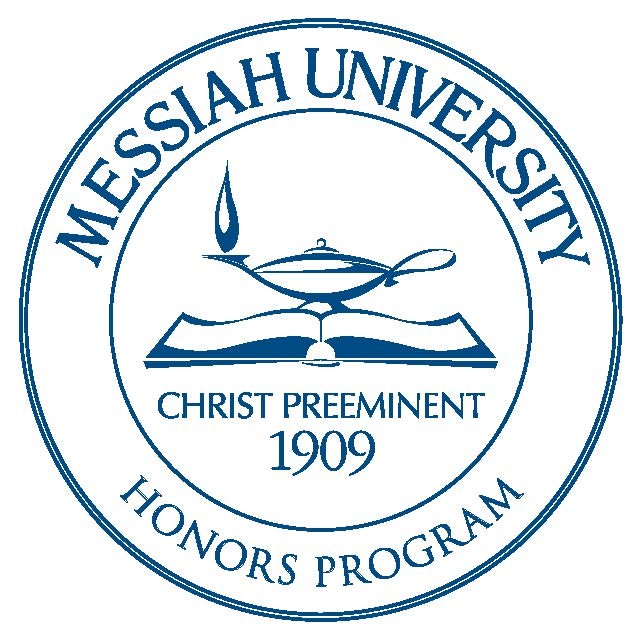Date of Award
5-12-2008
Document Type
Thesis
Department
History
First Advisor
Dr. Joseph Huffman
Abstract
The "long" twelfth century was characterized both by the proliferation of new ideas and the constant struggle to maintain continuity with the rich traditions of the past. Beginning with the Gregorian Reforms of the 1060s, the clergy in Western Europe attempted to eradicate corruption and renew the so-called vita apostolica, the purity of the early Christian church.1 Simultaneously, the growing cities of the twelfth century, with their diverse vocations and forms of cultural expression, created fora for intellectual exchange; but they also came to represent, to the monastic orders, a dangerously vital and self-confident worldliness.2 The restructuring and "purification" of the ecclesiastical establishment resulted in a more elaborate (and consequently more exclusive) hierarchy, a more developed and exalted understanding of clerical status, and, perhaps most importantly, an increased sense of the secular world as conforming to other principles of operation from the spiritual world, of being essentially other than the spiritual, and potentially corrupting to it.3 In an expanding and increasingly urban society, direct appeals to divine agency and influence gradually faded out of much public life.4 As Bernard of Clairvaux wrote, "How can there be harmony between the wisdom that comes down from above and the wisdom of the world, which is foolishness to God, or the wisdom of the flesh, which is at enmity with God?"5
Recommended Citation
Barnhouse, Lucy, "The Touch of the Spirit: The Song of Songs in the Gendered Mysticism of Bernard of Clairvaux and Mechthild of Magdeburg" (2008). Honors Projects and Presentations: Undergraduate. 374.
https://mosaic.messiah.edu/honors/374


